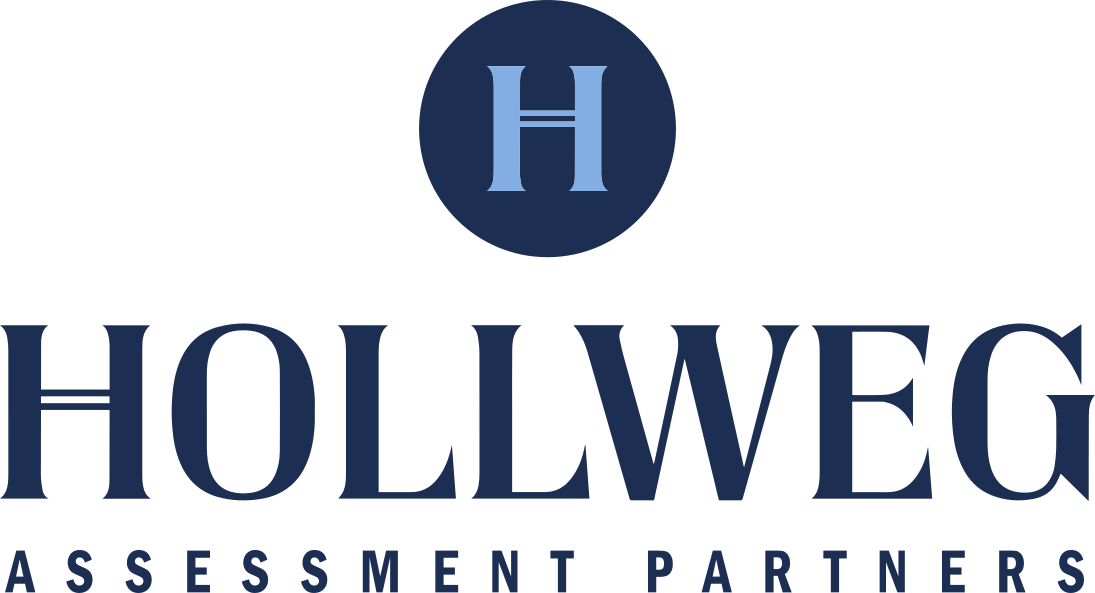Decision Making/Problem Solving
Organization
(Focus & Organization, Time Utilization, Priority Focus)
Problem Anticipation
(Planning, Long Range Thinking)
Analytical Thinking
(Detail Orientation, Detailed Analysis)
Innovative Thinking
(Creativity)
Practical Problem Solving
(Practical Thinking, Common Sense, Realistic Thinking)
People Leadership
Assertiveness
(Ability to Take Charge, Willingness to Take Charge)
Tough-Mindedness
(Conflict Management, Holding Team Accountable)
Positive People Orientation
(People Relations)
Insight
(Interpersonal Insight)
Work Style
Drive & Energy
(Action Orientation, Stamina)
Self-Reliance
(Independent Initiative, Self-Motivation, Initiative)
Process Orientation
(Need for Structure, Acceptance of Authority, Rule Orientation)
Flexibility
(Multi-Tasking, Need for Diversion)
Results Focus
(Results Orientation)
Accommodation
(Service Orientation, Team Orientation)
Personal Characteristics
Self-Discipline
(Conscientiousness, Responsibility, Restraint)
Emotional Consistency
(Capacity to Handle Pressure, Stress Tolerance, Resilience)
Objectivity of Viewpoint
(Objectivity, Criticism Tolerance)
Confidence
(Self-Assuredness, Self-Confidence)
Learning Agility
Quantitative Reasoning
(Numeric Reasoning)
Navigating the Resources
- Read the information below about the trait to develop a greater understanding of your strength/opportunity.
- Consider the Stop, Start, Continue examples to create your own actionable change behaviors.
- Explore the trait more fully by taking advantage of the weblinks below.
Flexibility
(Multi-tasking, Need for Diversion)
Flexibility measures the extent to which you juggle multiple tasks and respond to changing demands. Use the resources to help develop a greater understanding of flexibility and how to improve in this area.
Strength
Higher levels of flexibility indicate you adapt well to various situations and prefer variety in your work.
Opportunity
Lower levels of flexibility indicate you may prefer to focus on one task at a time and struggle with highly complex situations or rapidly changing priorities.
Excess
Excessive levels of flexibility indicate you may spread yourself too thin and become easily scattered.
Identify an opportunity area that you would like to change. Then, develop behaviors that you can Stop (unhelpful or limiting behaviors), Start (behaviors that you can begin now), and Continue (behaviors that you already do well) to improve in this area. Use the examples below to help create your own Stop, Start, and Continue behaviors.
| Stop | Start | Continue |
| Ignoring urgent requests until you feel there is enough time to address it. | Prioritizing urgent needs above other demands and rearrange schedules accordingly. | Keeping a list of priorities and to-do’s. |
| Focusing on one problem at a time. | Accepting something that must change, develop a long-term goal, and multiple short-term goals toward achievement. | Being open minded and taking others’ perspectives. |
| Being frustrated with switching tasks. | Putting practices into place to ensure you can quickly switch gears then come back to where you left off; keep detailed notes when possible to help. | Looking to your network for support when priorities change. |
Flexibility Thinking Weblinks for Development:
How to Be Flexible in the Workplace:
Responding to Change Quickly and Positively
Workplace Flexibility Definition, Skills, and Examples
How to Be Flexible at Work (with Tips and Examples)
Flexibility Leadership Weblinks for Development:
Workplace Flexibility Definition, Skills, and Examples
Flexible Leadership is a Business Necessity
